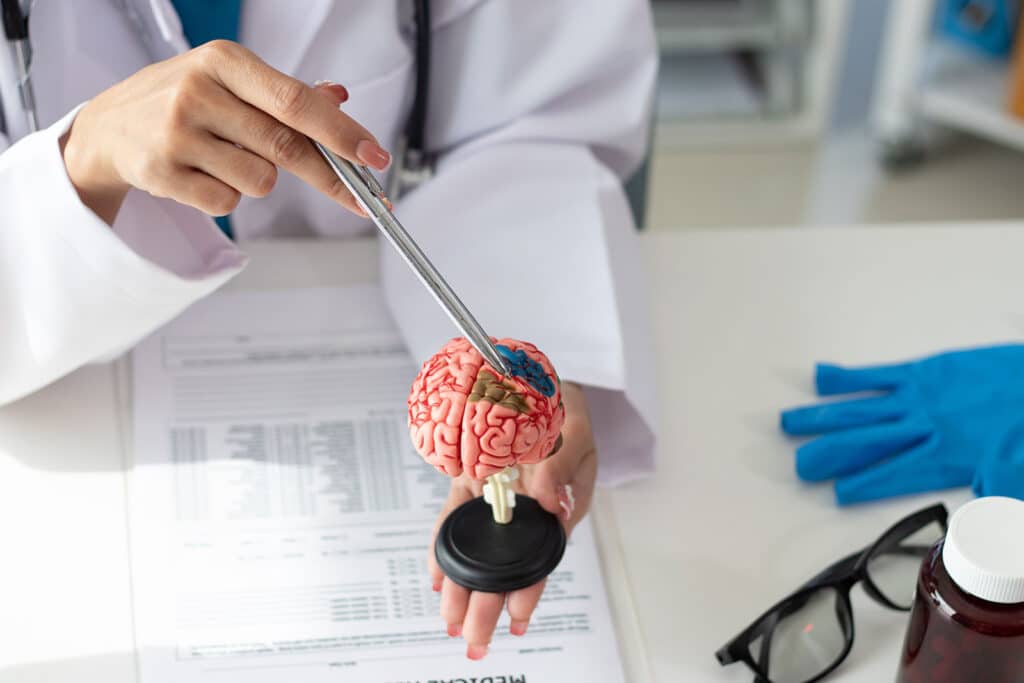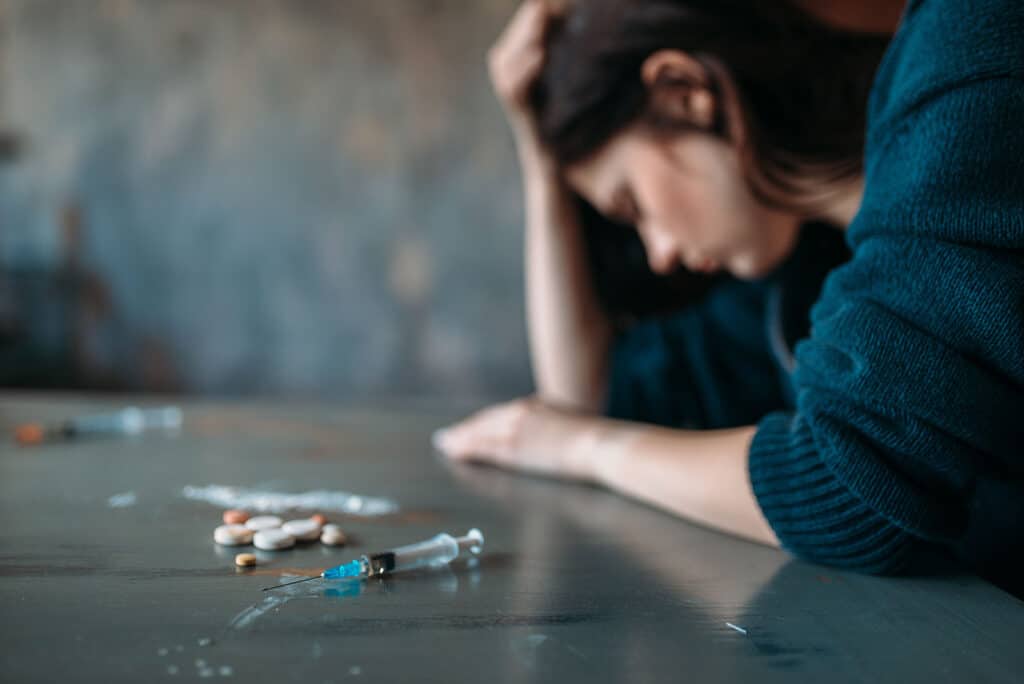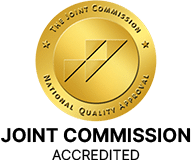When someone says they’re feening for drugs or suffering from drug fiend, they’re not just using slang—they’re describing a very real and often overwhelming experience.
Drug feening is basically having a raw, strong desire that takes over the mind and body of someone battling drug abuse.

Though it’s not a clinical term, feening is a word often used to explain the intense drug cravings that hit during medical detox or even long into recovery.
Understanding what it means to feen for drugs and why it happens is an essential step in breaking the cycle.
Whether you’re supporting someone in recovery or going through it yourself, knowing the symptoms and treatment options can make all the difference in how to stop feening.
Table of Contents
What Does It Mean to Feen for Drugs?
Though feening isn’t a real word, it’s a slang term used to describe intense cravings for drugs. It’s usually associated with compulsive and risky behaviors and is one of the withdrawal symptoms that patients with substance use disorder can encounter during their recovery.
To feen for drugs is to have strong, uncontrollable cravings, which may lead to compulsive actions and irrational decisions—anything to get the drugs.
Feening is usually more common in patients who’d been consuming drugs in the previous month or less because they’ll still have traces of the drug in their bodies.
During this time, the relapse risk is at its highest. That’s why most addiction patients go through detox phases at the start of their recovery—to get help managing their cravings and withdrawal symptoms without external temptations.
Symptoms of Feening for Drugs
There are many symptoms that imply an addiction patient may be feening for drugs, classified into both physical and psychological symptoms. Here’s a rundown of both:
Physical Symptoms of Feening for Drugs
The physical symptoms of feening for drugs come hand in hand with withdrawal from drug use.
Most patients recovering from addiction will encounter at least a few of these symptoms during the detox phase. The intensity may differ according to the severity and duration of substance use.

Here are some physical symptoms that may indicate a person is feening for or craving drugs:
- Tremors and shaking ( A common sign of meth addiction)
- Uncontrollable sweating
- Nausea and vomiting
- Diarrhea and digestive issues
- Fatigue and muscle aches
Psychological Symptoms of Feening for Drugs
Aside from the physical symptoms of feening for drugs, there are also some psychological symptoms that the patient may suffer from, like showing drug-seeking behavior.
It’s normal to witness mood swings and irritability during drug withdrawal—that’s why a lot of addiction patients go through cognitive behavioral therapy or CBT along with recovery.
However, when feening for drugs or intensely craving them, the symptoms may manifest in many different forms that threaten the patient’s well-being.
Here’s a roundup of the common psychological symptoms of feening:
- Mood swings and irritability
- Anxiety and depression
- Compulsive and irrational behavior
- Confusion and delusions
- Hallucinations and disorientation
If someone is suffering from those signs, it means they’re susceptible to many health risks, so they should be getting professional treatment. Healthcare professionals will choose the best treatment option depending on the severity, length, and cause of addiction.
Why Do These Symptoms Occur?
Intense cravings are a natural part of drug withdrawal, but why do these physical and psychological symptoms accompany them?
Well, when a person uses a certain drug for so long, it rewires the brain and stimulates the central nervous system, causing a bigger release of neurotransmitters.
These neurotransmitters include the feel-good hormones, including serotonin, norepinephrine, and most popularly, dopamine.

When the person keeps abusing drugs, the brain keeps producing the happiness hormones, making them feel good as long as they’re consuming the drug.
When the drugs start to leave the patient’s system, the brain slows down the production of dopamine, causing a feeling of depression and irritability. Accompanied by the physical symptoms, the patient may start feening for drugs to regain the good feelings again.
It can take up to 14 months for the brain to get back to normal after withdrawing from drugs, which is why long-term treatment solutions are a viable option for patients who’ve been abusing drugs for long.
Causes of Feening for Drugs
Even if the patient is actively recovering from substance abuse and following the treatment regimen, feening may occur due to different reasons. It may happen due to psychological triggers like stress, depression, or anxiety.
On the other hand, it may happen because of external triggers, like being around someone who’s abusing drugs.
Here’s a rundown of the causes of feening for drugs:
- Psychological factors: Some mental health disorders associated with addiction like depression and anxiety can cause feening. To deal with the emotional distress of drug withdrawal, patients may start craving drugs again.
- External triggers: Being in places where drugs are common or meeting people actively using drugs may trigger the patient into craving drugs again. The same can happen if the patient visits a place associated with their past.
- Behavioral patterns: Once drugs become habitual, the brain starts linking specific routines with the high, like listening to certain music. Likewise, the ‘I need it now’ mindset can trick the brain into craving drugs again instead of working through the discomfort.
- Lack of support: If a supportive network doesn’t surround the addiction patient to help in hard times, they may resort to drugs again instead of seeking help from close people.
The Consequences and Long-Term Risks of Feening for Drugs
If left untreated or unhandled, feening for drugs may lead to severe consequences that will disrupt the recovery process.
The cravings may feel uncontrollable, leading the patients struggling with addiction to make irrational decisions to get drugs, including taking loans they can’t repay or stealing money—that’s more likely to happen if the patient isn’t getting enough support from the close circle and family.
Here are the consequences and risks of feening for drugs without getting treatment:
Negative Consequences
The continuous pursuit of drugs may cause the patient’s life to revolve around that only. This will cause them to detach from their family and friends and prioritize drugs over their responsibilities.

Naturally, this means their financial stability and employment are at risk.
Unusual Behavior
Intensely craving drugs usually triggers risky or unusual behavior when trying to obtain drugs. This may include violence, theft, or engaging in illegal activities. It may also include going to dangerous places to get drugs.
Such behavior doesn’t only negatively affect the person suffering from addiction, but the people around them as well. Over time, the need for drugs will lead to impulsive actions that may hurt those around the patient.
Health Impact
Abusing drugs for a long time can have detrimental effects on the patient’s health, especially if it’s meth or opioids.
It can lead to irreversible damage to the liver, kidneys, brain, and heart. Some mental health conditions can also develop due to substance abuse, including depression and anxiety.
Treatment Options for Feening
At Garden State Treatment Center, we offer plenty of treatment options for our patients, and we tailor the treatment plans to each patient’s case. If you or a loved one is suffering from drug addiction or feening for drugs, here are some treatment options that we offer:
Drug & Alcohol Detox
The detox program is the first phase of any addiction treatment program, and it usually lasts 3–7 days, varying according to the substances used and how much was taken.
During this phase, the patients regain control of their bodies and learn how to function without the drugs. They’re usually under intensive supervision to make sure the detoxification is done safely.

The first step of the detox program is going through a medical exam to determine the best treatment course. Most patients encounter some side effects during this period, including nausea, fever, dizziness, sweating, and increased anxiety.
Partial Care Program
Partial care programs combine residential and outpatient care. They’re usually offered to patients who need intensive care but can’t stay at the center 24/7, and they’re more affordable than inpatient programs, where patients reside at the center.
During partial care programs, patients usually stay at the center for day treatment and spend the rest of their days at home.
Intensive Outpatient Program
Intensive outpatient programs involve a higher level of care than regular outpatient programs. At the same time, they don’t require patients to reside at the center, which makes them more affordable for patients whose cases aren’t as severe.
These programs offer comprehensive treatment plans and holistic care approaches that address all the patient’s life aspects until recovery. Patients may also go through support groups along with medication-assisted treatment.
Outpatient Rehab Program
Regular outpatient rehab programs involve treatment outside of the treatment center. The patient will still visit the facility and engage in activities outside of the house, but they won’t be under intensive care or residing at the treatment center.
These programs are often offered for patients whose cases aren’t too severe.

Final Thoughts
Feening for drugs is one of the most challenging hurdles in addiction recovery, but it’s not something that you have to face alone.
These intense cravings can feel relentless, especially in the early stages of withdrawal or the detox phase. They’re often triggered by emotional and environmental stressors, but with the right treatment approach, recovery isn’t that far.
Whether it’s through detox, outpatient care, or partial programs, we can help you.
Understanding the patterns that feed the craving is the first step to breaking free from it. With time, consistency, and the right resources, those cravings can fade.
Published on: 2025-04-27
Updated on: 2025-04-27



